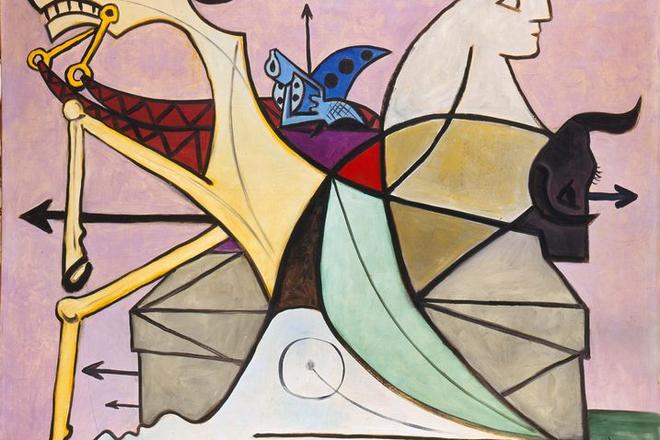AFTER Bratislava City Gallery’s successful exhibition last year commemorating the 130th birthday of artist Pablo Picasso, the gallery has followed up with an exhibition showing the impact of the Spanish artist on many others by presenting works of Picasso’s contemporaries and successors in the School of Paris as well works by Czech and Slovak artists who were influenced by cubism.
“Since Prague at that time was the second metropolis of cubism after Paris, this exhibition combines the best works of Spaniards who lived in Czechoslovakia, as well as Czech and slightly underrated and unknown Slovak works,” Jan Kukal, curator of the exhibition, told the TASR newswire. The exhibition was prepared in cooperation with Gallery of Fine Arts in the Czech city of Ostrava.
An extensive exhibition showing works by Picasso, Oscar Domínguez, Honorio Garcia Condoy, Antoni Clavé, Ismael de la Serna and others was held in Prague in 1946 and Domínguez and his friends lived and painted in Prague, Olomouc, Brno, and also Bratislava, which presented another successful exhibition of their works in 1948.
These events had an impact many regional artists. Czechs such as Bohumil Kubišta, Emil Filla, Antonín Procházka and sculptor Otto Gutfreund as well as Slovaks such as Jakub Bauernfeld, František Reichentál, Endre Neems, Ester Šimerová-Martinčeková, Vincent and František Hložník, Ján Želibský, and Ladislav Guderna, some of whom emigrated and worked from abroad, were all influenced in some way by Picasso and his followers. The cubist paintings of Ľudovít Fulla, rooted in folk art and characterised by their colours and mood, are distinctive and are quite renowned abroad.
The current exhibition offers 84 paintings and 13 sculptures by Spanish, Czech and Slovak cubist artists, most of which come from private collections – only 36 artworks are owned by galleries or museums. The exhibition runs until April 20 at the Pálffy Palace of the GMB, Panská 19.
The Budatín Castle in Žilina is also offering more than 40 lithographs, woodcuts, engravings, decoupages, posters and photographs created by Picasso between 1931 and 1972. Boris Schubert, the head of the Považské múzeum in the castle, highlighted a series of artworks showing how Picasso’s famous “peace dove” developed into its final form. The exhibition’s curator, Darina Arce, also highlighted a lithograph showing a print of Picasso’s palm.
“You can compare how big his hand was and I perceive it as something of a personal touch of his work and personality,” Darce told TASR.
The Žilina exhibition is organised in cooperation with the castle’s long-time partner, the Sunderman Galerie in Würzburg Germany, and runs until May 4.



 Oscar Domínguez: Liberation of Spain (source: Courtesy of GMB)
Oscar Domínguez: Liberation of Spain (source: Courtesy of GMB)